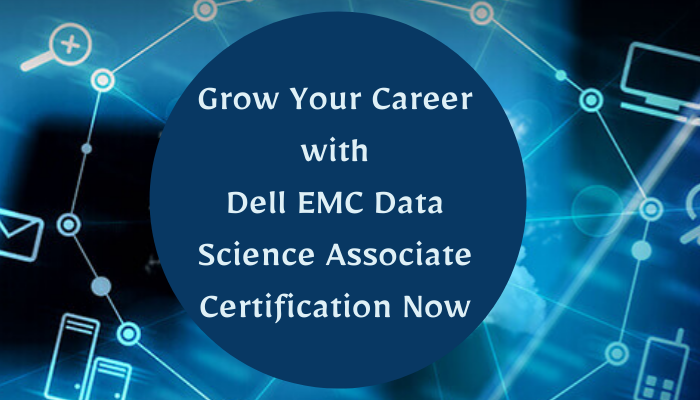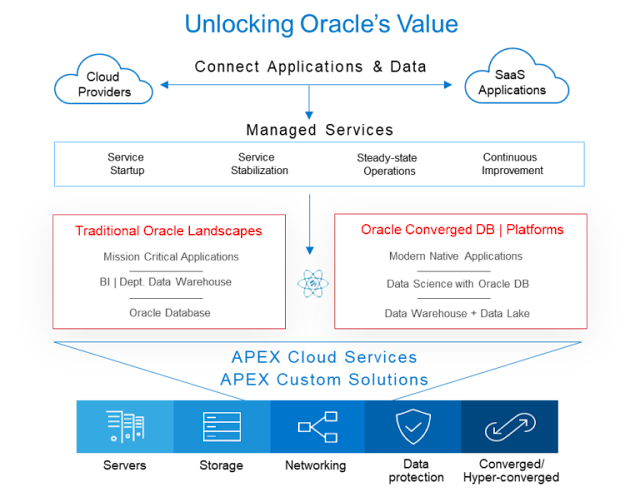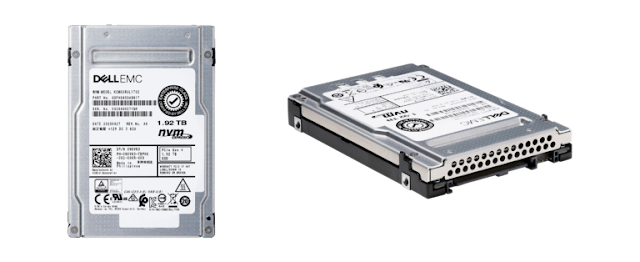Faction is a multi-cloud, data service provider offering private, public and hybrid cloud solutions to clients in the United States and United Kingdom. Building out a multi-cloud environment is a key enabler for many enterprises looking to better manage the explosion of data available to them. Oftentimes it is the client’s top asset. Generating value from data housed in the cloud and seeking ways to leverage that data to deliver growth and gain a competitive edge is of the utmost importance.
As a lean and rapidly growing company, Faction faces two key challenges. First, the company wants to conserve valuable cash as it builds its technology infrastructure. The second and more difficult goal is to tightly align capital expenditures to income. In short, it must efficiently preserve capital as it grows to meet expanding customer and data demands. To address these issues, Faction turned to a Dell Technologies Technology Rotation solution.
Technology Rotation changes the traditional upfront CAPEX approach to technology acquisition to an OPEX model that provides businesses flexibility and liquidity over time. Organizations can accelerate and enhance digital transformation with a planned refresh of assets, thus optimizing productivity and overcoming challenges throughout the technology lifecycle. By rotating solutions, outdated, slower, and inefficient technology are replaced with cutting-edge products at a pre-defined time, helping ensure the organization is ready for the next wave of innovation from Dell Technologies.
Scalability
Faction provides multi-cloud and data protection services at scale. With a fast-growing business like theirs, there is a need to continually add and scale IT infrastructure, while avoiding large capital outlays and saving cash. With a Technology Rotation OPEX approach, equipment can scale and rotate in more quickly than solutions procured through a CAPEX acquisition process, all without a heavy cash injection.
We want to put as much of our cash as possible into scaling our business to acquire customers and deliver services versus using capital to purchase service delivery equipment.” – Derek Pilling, Chief Financial Officer, Faction
Performance Optimization
Periodically refreshing infrastructure and solutions is critical to take advantage of constant technology advancements. Technology Rotation was the most cost-effective way to keep equipment current while helping Faction better manage IT infrastructure life cycles and employee endpoints. Aged hardware is refreshed with new hardware more easily and employees can work with higher performing technology.
We can focus more on growth and serving customers and less on keeping gear updated.” – Josh Ferris, Director of Procurement, Faction
Cash Flow Management
There are many ways to fund a growing business, such as borrowing money or raising equity. Faction chose a Technology Rotation flexible payment solution to match cash outlays with forecasted revenue. A custom Technology Rotation payment structure was a cost-effective way to fund infrastructure purchases. Unlike traditional financing solutions, there is no equity interest or cumbersome restrictions imposed on the business.
“This simplifies and streamlines procurement, saving us time.” – Josh Ferris, Director of Procurement, Faction
Technology Rotation provides increased flexibility to manage cash flow and helps avoid valuable cash from being locked into intensive capital expenditures. Cash is freed from long-term IT infrastructure investments by spreading payments over time. Short-term or long-term payment terms can be selected based on business needs.
Financing capital purchases with Technology Rotation is a perfect match for our financial objectives.” – Derek Pilling, Chief Financial Officer, Faction
Business Priorities
Technology rotation provides Faction with the flexibility to have a first-mover advantage. Faction can accelerate digital transformation by rotating into the latest technology and replacing obsolete equipment more quickly. Energy and focus can then be directed toward their customers’ mission critical projects such as cancer treatment and autonomous driving cars.
Strategic Relationship
Faction considers their Dell Technologies partnership to be a highly transparent, collaborative and strategic working relationship. The combination of Dell hardware solutions and flexible Technology Rotation payment options help Faction’s cloud data services better serve their customers’ multi-cloud requirements. It’s a win-win-win for Faction and Dell Technologies.
Source: delltechnologies.com



























